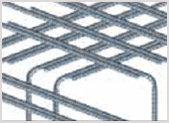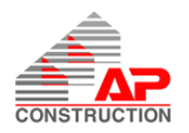For many years, the traditional method of connecting reinforcing bars has been with lap splicing. But as many structural engineers, architects and specifiers have discovered, lap splicing has very few advantages and quite a few disadvantages when compared to mechanical splicing. Read through the following pages and explore the reasons why you should consider mechanical couplers...
1. LAP SPLICING:
| 1.1 Hidden Costs | |
|

|
|
1.2 Design-Constrictive: |
|
|

|
| 1.3 Hidden Costs | |
|

|
2. COUPLER SPLICING:
| 2.1 Proven Reliable | |
|

|
|
2.1 Design-Friendly |
|
|

|
| 2.3 Ecomomical | |
|
|
| 2.4 Addtional Advantages | |
|
|




